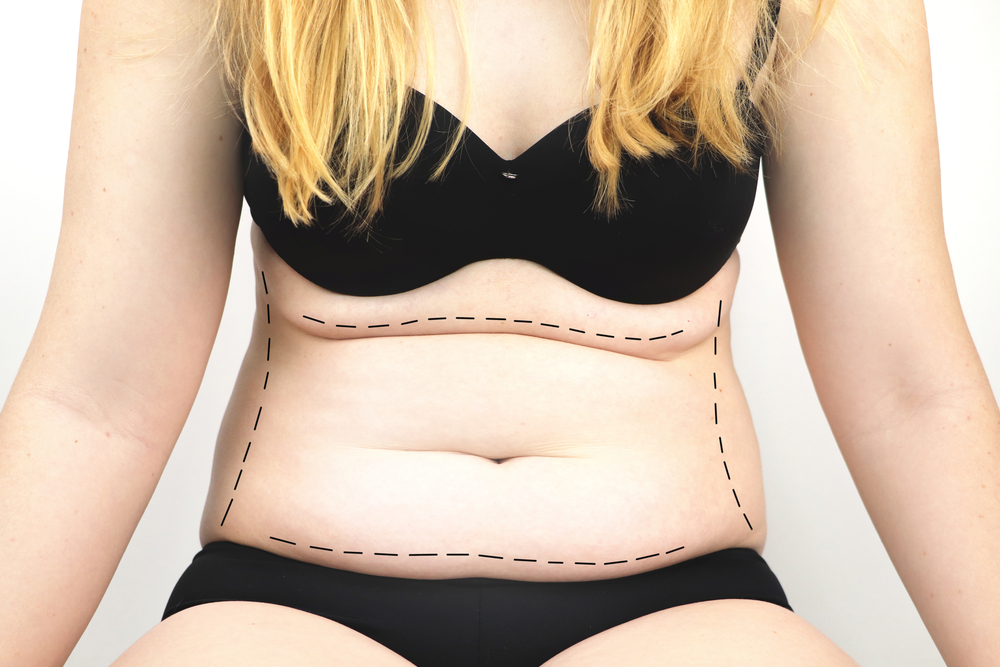For many individuals, achieving a toned, firm, and smooth abdominal area can be a challenging journey. Even with strict diets and regular exercise, factors like pregnancy, significant weight loss, and aging can leave behind loose skin, stubborn fat deposits, and weakened abdominal muscles. This is where a tummy tuck, medically known as abdominoplasty, becomes a valuable option. If you are considering a Tummy Tuck in Islamabad, understanding the process, benefits, and recovery can help you make an informed decision.
Understanding the Purpose of a Tummy Tuck
A tummy tuck is a cosmetic surgical procedure designed to remove excess skin and fat from the abdomen while tightening the underlying muscles. It aims to restore a smoother and firmer midsection, particularly in cases where natural methods fail to produce desired results. The procedure is not a substitute for weight loss but is often the final step after major body changes, such as post-pregnancy transformations or massive weight reduction.
This surgery is especially effective for:
- Eliminating sagging or stretched skin
- Repairing weakened or separated abdominal muscles (diastasis recti)
- Contouring the waistline for a more proportionate silhouette
Who Can Benefit from a Tummy Tuck?
Ideal candidates for a tummy tuck are individuals in good overall health, at or near their ideal weight, and committed to maintaining results through a healthy lifestyle. Common reasons people opt for this surgery include:
- Post-pregnancy abdominal changes
- Excess skin after bariatric surgery or weight loss programs
- Loss of skin elasticity due to aging
- Scarring or muscle weakness from previous abdominal surgeries
It is important to note that future pregnancies or significant weight fluctuations can impact the results, so timing the procedure carefully is crucial.

Types of Tummy Tuck Procedures
Not all tummy tucks are the same. The technique used depends on the extent of correction needed:
- Full Tummy Tuck – Involves removing excess skin and fat from the upper and lower abdomen, tightening muscles, and repositioning the belly button. This is ideal for people with significant sagging or muscle weakness.
- Mini Tummy Tuck – Targets only the lower abdomen below the belly button, involving a smaller incision and shorter recovery time.
- Extended Tummy Tuck – Designed for those who have excess skin extending to the flanks or lower back, often required after massive weight loss.
The Tummy Tuck Procedure – Step by Step
- Consultation and Assessment – Your surgeon will evaluate your medical history, examine your abdominal area, and discuss your aesthetic goals.
- Anesthesia – General anesthesia is typically used to ensure comfort during the procedure.
- Incision – The surgeon makes a horizontal incision between the hip bones, usually just above the pubic area. In some cases, an additional incision is made around the belly button.
- Muscle Tightening – Weakened or separated abdominal muscles are sutured together to create a firmer foundation.
- Skin Removal and Tightening – Excess skin is trimmed away, and the remaining skin is pulled downward for a smoother appearance.
- Belly Button Repositioning – In a full tummy tuck, the navel is repositioned for a natural look.
- Closure and Bandaging – The incisions are closed with sutures, and the area is bandaged. In some cases, small drains are placed to remove excess fluids during early healing.
Recovery and Aftercare
Recovery time varies depending on the type of tummy tuck performed and your individual healing rate. In general:
- First Week – You may experience swelling, bruising, and discomfort, which can be managed with prescribed pain medication.
- 2–4 Weeks – Gradual return to light activities is possible, but strenuous exercise should be avoided.
- 6–8 Weeks – Most swelling subsides, and final results begin to appear.
Wearing a compression garment during recovery helps reduce swelling and supports the newly tightened abdominal area. Following your surgeon’s aftercare instructions is key to achieving optimal results.
Benefits of a Tummy Tuck
- Improved Abdominal Contour – The procedure restores a flatter, firmer stomach.
- Enhanced Muscle Tone – Repairing separated muscles strengthens the core.
- Long-Lasting Results – With proper diet and exercise, the outcome can last for many years.
- Better Posture – Strengthened abdominal muscles can alleviate some back pain and improve posture.
- Boosted Confidence – A smoother, more youthful silhouette often leads to improved self-esteem.
Potential Risks and Considerations
Like any surgery, a tummy tuck carries certain risks, including:
- Scarring
- Infection
- Fluid accumulation
- Prolonged swelling or numbness
- Unsatisfactory aesthetic outcome if post-surgical care is not followed
Choosing a board-certified, experienced plastic surgeon significantly reduces these risks.
Maintaining Results After a Tummy Tuck
While the results of a tummy tuck are long-lasting, they require maintenance. To preserve your new abdominal contour:
- Maintain a stable weight
- Follow a balanced diet rich in nutrients
- Stay active with regular exercise
- Avoid smoking, as it impairs healing and skin elasticity
Conclusion
A tummy tuck is a transformative procedure for individuals struggling with excess abdominal skin, stubborn fat, and weakened muscles. By tightening both the skin and the underlying structure, it offers a more youthful, toned, and confident appearance. Whether you are recovering from pregnancy, have undergone major weight loss, or simply wish to rejuvenate your midsection, exploring a Tummy Tuck in Islamabad could be the step toward achieving the figure you desire. With proper planning, expert surgical care, and a healthy lifestyle, the benefits can be both physically and emotionally rewarding.




Comments